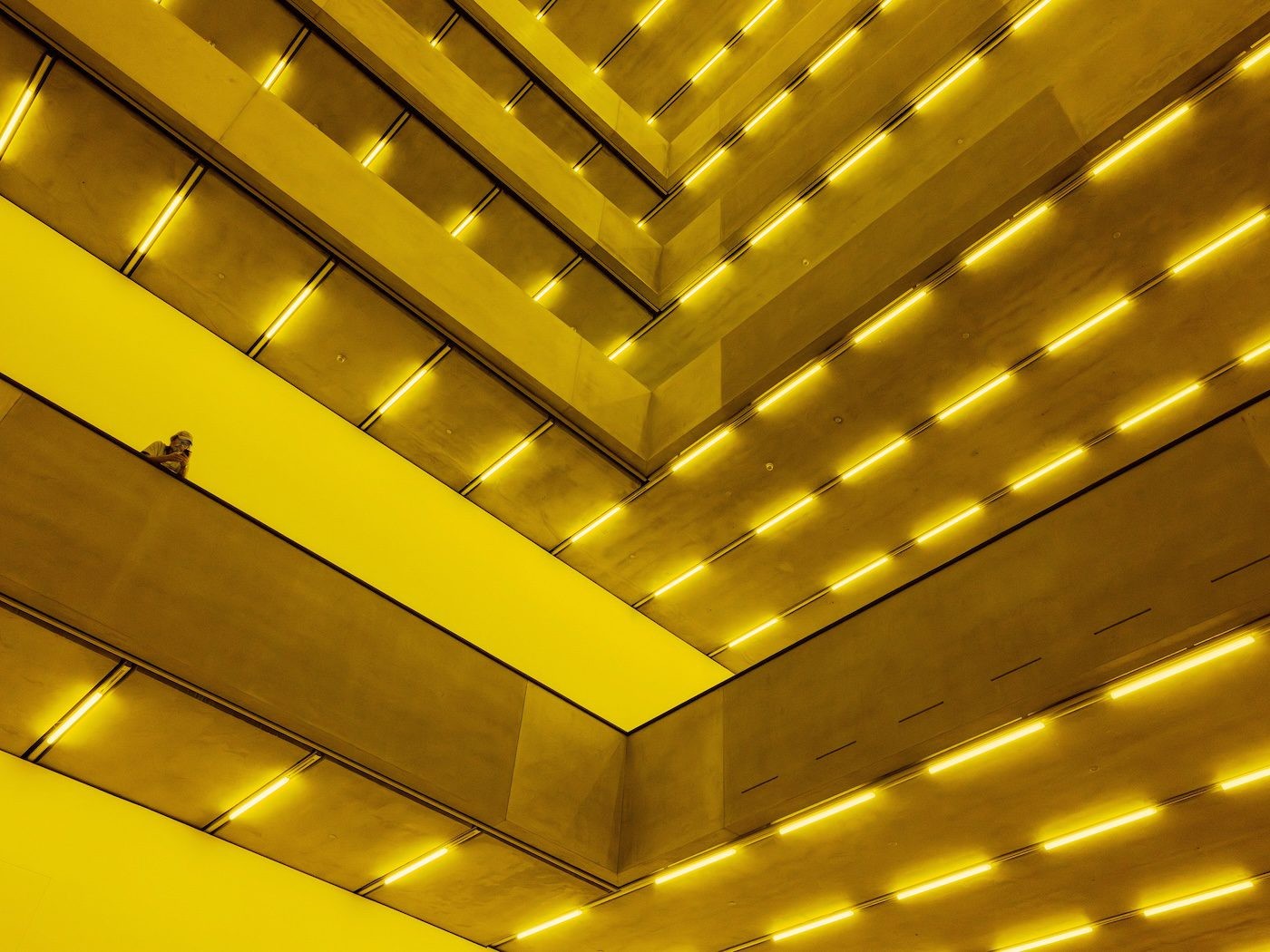Emeka Ogboh: About Anthems, Bird Calls, Voices, and Choirs
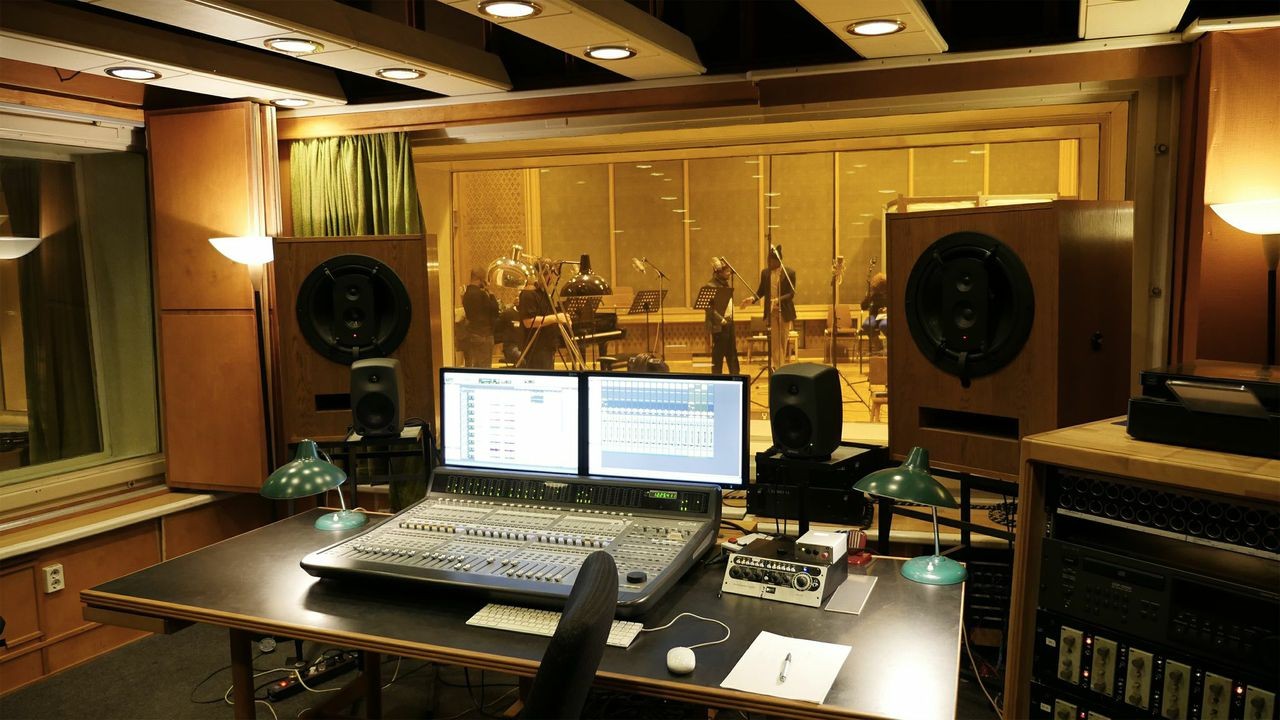
27 April 2015
Magazine C& Magazine
7 min read
C& interviews sound artist Emeka Ogboh about his spatially immersive work at the Venice Biennale, an installation for the African Union Peace and Security Building in Addis Ababa, and Nigerian food in Germany.
C&: Your main medium is sound. Why does sound hold such a powerful force for you? do you see it as a way to get visitors involved as more than consumers?
Emeka Ogboh: Out of all the different digital media I have worked with, sound is the strongest medium for me. What I find fascinating is its ability to convey emotions and create immersive experiences that can potentially transport the listener from one time or space to another. The experience of sound involves a complete immersion... not just for the artist creating the sound piece, but also for the visitors to the sound installation.
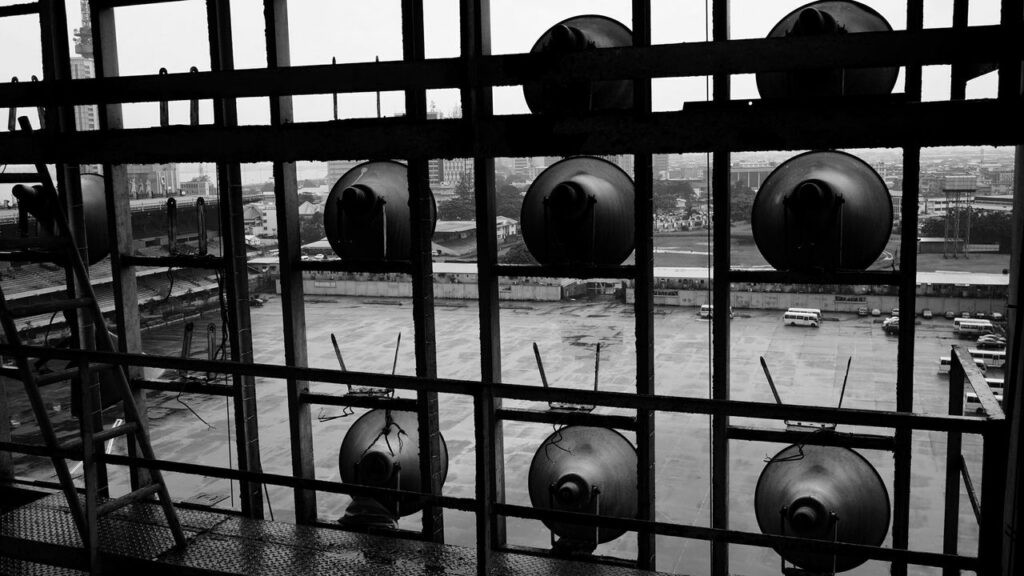
<figcaption> Emeka Ogboh, Tafawa Balewa Square, Lagos, 2014. Courtesy of the artist
C&:You won the artwork competition for the african union Peace and security Building. What does this mean to you?
EO: It means a lot to me. Winning this justified all the time and effort I put into working with a nonconventional genre of art over the years. It’s rare, a sound installation proposal beating other art forms to take the top prize... It’s probably the first time on the continent. Normally, the decision tends to shift towards the visual, with the jury considering artworks that are more tangible or visible over an abstract form like sound art. That means that things are changing on the continent, a shift towards embracing new media and art forms. This will encourage the young aspiring sound artists who have been in touch with me for a long time to keep on working.
C&: You are producing a unique work with local references. the piece is to be based on an adaptation of the anthem of the african union, which highlights the principle of “unity in diversity.” Can you talk a little bit about the work and your approach to it?
EO: It’s going to be a series of sound installations in this space, and the idea starts with the AU anthem, which centers on African unity and diversity. The anthem will be vocally rendered and installed in different languages for a random playback. The installation will also be engaging with the past, present, and future. So I’ve been researching in the AU archives and other Pan-African archives around the continent, searching for prominent speeches that fit the installation’s theme. I’ll be incorporating excerpts of some of these speeches into the work. There willbe a lot of vocals in the installations... voices of Addis schoolkids, an a cappella piece created in collaboration with a composer, and sounds of birds from all over the continent.

<figcaption> Emeka Ogboh, video still: Addis Ababa (work in progress), 2014. Courtesy of the artist.
C& What have your experiences in Addis Ababa been like? How do you perceive this city, especially in an artistic and cultural context?
EO: Addis is a special place. It’s not one of those cities that you can assume you’ve figured out after a couple of days; it needs slow easing into. The food, the people, and the culture... You don’t rush it, it takes time to get into. I had a wonderful experience exploring the city with the locals, and they facilitated my integration into the city in different ways. Addis is a city steeped in history, and it is currently undergoing major infrastructural changes. This makes it a great space to create new works that engage urban transformation. Its art scene is picking up. Spear- headed by the people at the Alle Art School, they’re creating exchange programs and opportunities for artists and lecturers from different parts of the world to come and engage with students and local artists, especially in new media art. It would be interesting to see how Ethiopian artists engage with their rich culture and history through new media.
C&: You’re currently doing a daad residency in Berlin. What kinds of encounters have you had with nigerians in this city?
EO: Food has been the main point of connection between me and other Nigerians in Berlin. It’s the quest to seek out Nigerian food that puts me in touch most of the time with my people, whether in restaurants or food stores. The encounters have been quite interesting... people constantly trading stories and experiences of living in Germany. These spaces are about more than just buying food, they also act as social spaces for gatherings. So you’re able to stay connected with home not just through news on TV or the Internet, but also through the informal conversations that go on in these places.
C&: Tell us a bit more about the projects you envision doing as part of your Berlin residency. Will the topic of migration play a role? You mentioned your idea of installing a restaurant as a social point for exchange and dialogue.
EO: Again, food is central to one of the projects that I’ll be working on here in Berlin. I am particularly interested in the memories that food triggers, the stories and narratives that could arise from such encounters. I have come to realize that we stay connected to “home” through the food we eat. So, we’re planning to set up a restaurant or relocate an existing restaurant to a gallery space and invite some Africans in Berlin to cook, eat, and engage in discussions stimulated by the food they prepared. I’m not shifting my artistic interest to the culinary, but I am interested in documenting these food processes and the stories that can be born out of them. The audio materials gathered would make up the core element of an installation I’ll be working on.
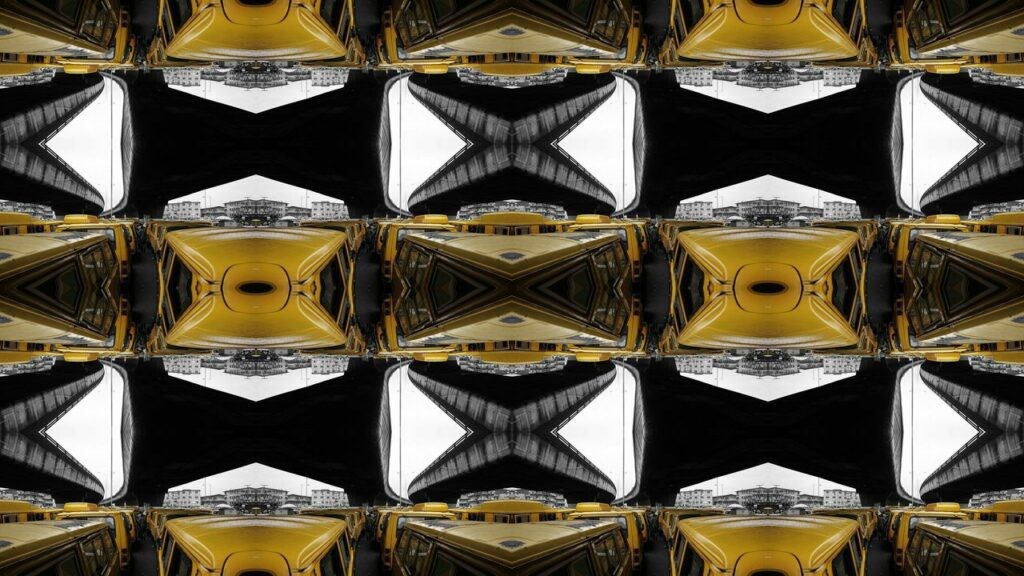
<figcaption> Emeka Ogboh, Untitled (Ojuelegba series), 2014. Courtesy of the artist
C&: How have your many travels and residencies around the world affected your personal and artistic perception of Lagos, your hometown?
EO: These travels and residencies around the world provide me with an external point of view on not just Lagos, but Nigeria in general. They help me both to appreciate and be critical of where I come from. I am constantly learning, absorbing, and filtering different norms and cultures. Some of these have influenced how I live and work with the city. Seeing and experiencing various cities opens me up to experiment more with the digital materials I collect in Lagos.
C&: Can you tell us a little bit about your contribution to this year’s main exhibition at the Venice Biennale?
EO: My work is a ten-channel sound installation of an African choir performing the German national anthem in ten native African languages, mostly from West and Central Africa.
C& How did you come up with this idea?
EO: The work was inspired by the events happening in Germany when I arrived
in Berlin, shortly after the refugee crisis in the central Kreuzberg district. There was a constant barrage of anti- and pro- immigration talks going on. People leave their countries for other countries for one reason or another. We are supposed to be a part of an international integration that involves interchange of different aspects of culture.The work interrogates the theme of migration, especially from the Global South to the Global North, and the quest for sameness in an increasingly globalizing world. The project’s element of translations and retranslations will explore the losses and gains of such interactions.
.
Interview by Aïcha Diallo
Read more from
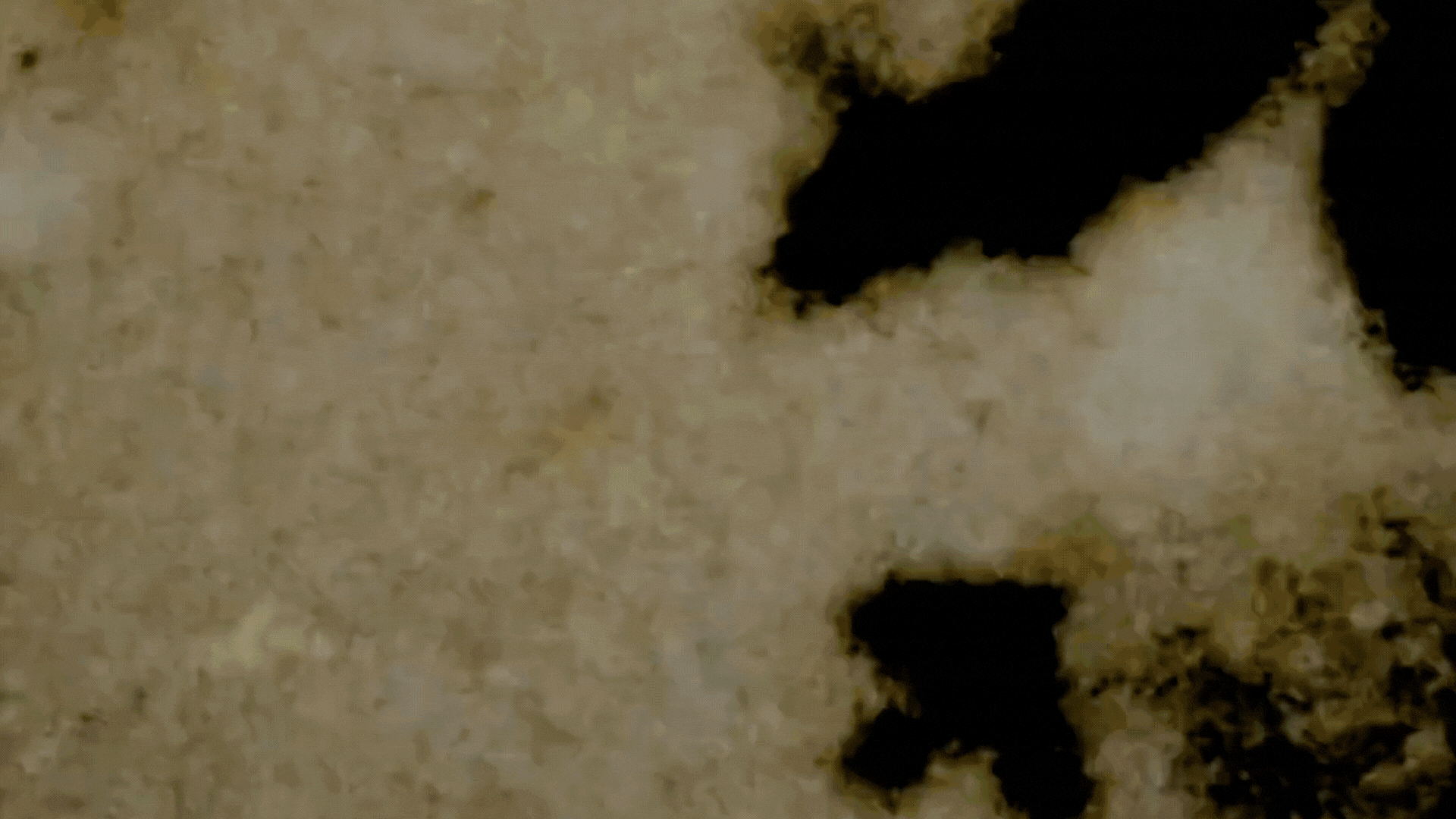
On Ghosts and The Moving Image: Edward George’s Black Atlas

Confronting the Absence of Latin America in Conversations on African Diasporic Art

On Exile, Amulets and Circadian Rhythms: Practising Data Healing across Timezones
Read more from
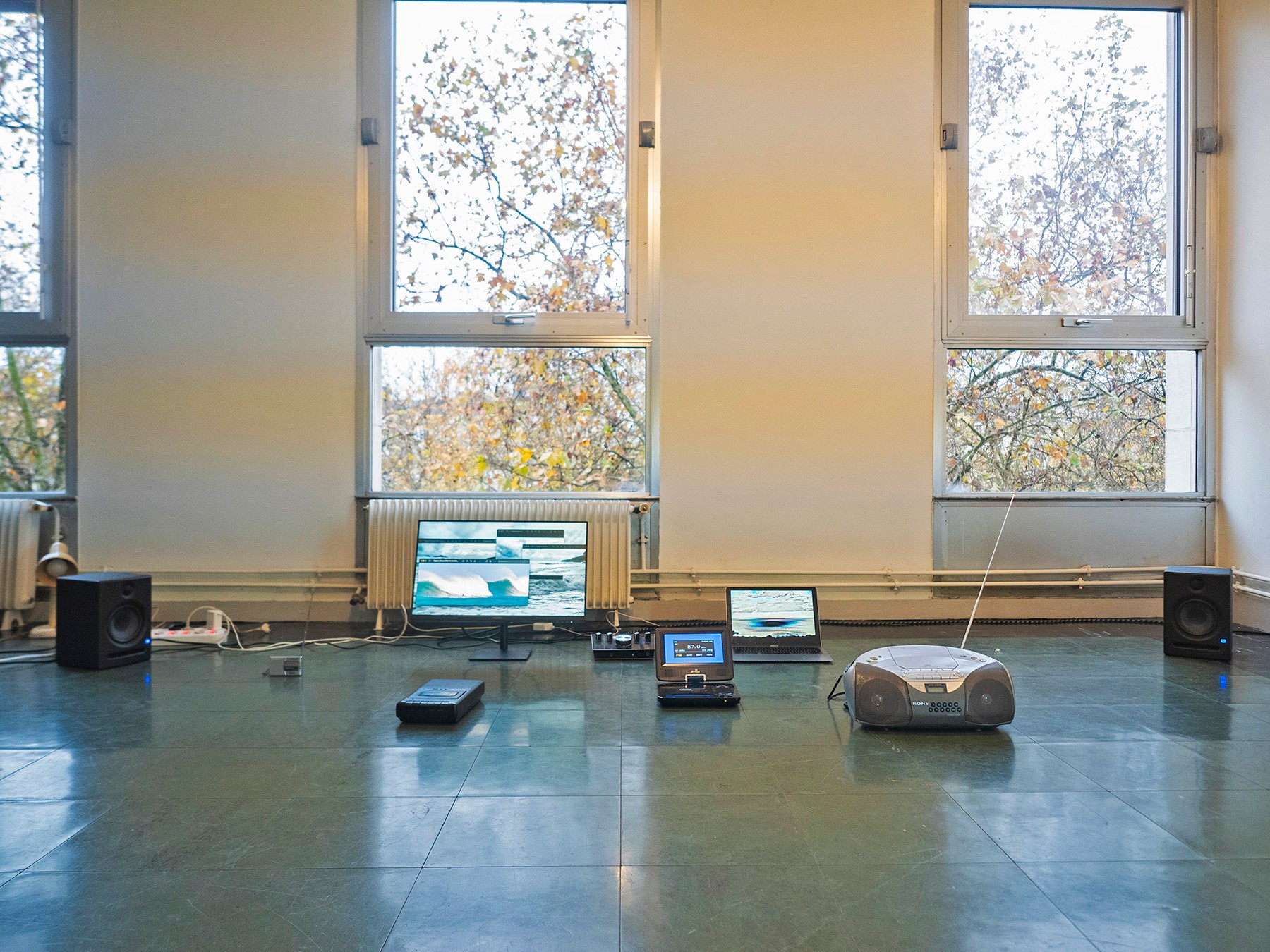
Caribbean Sounds: The Connective Possibilities of Radio

Caribbean Sounds: The Connective Possibilities of Radio
